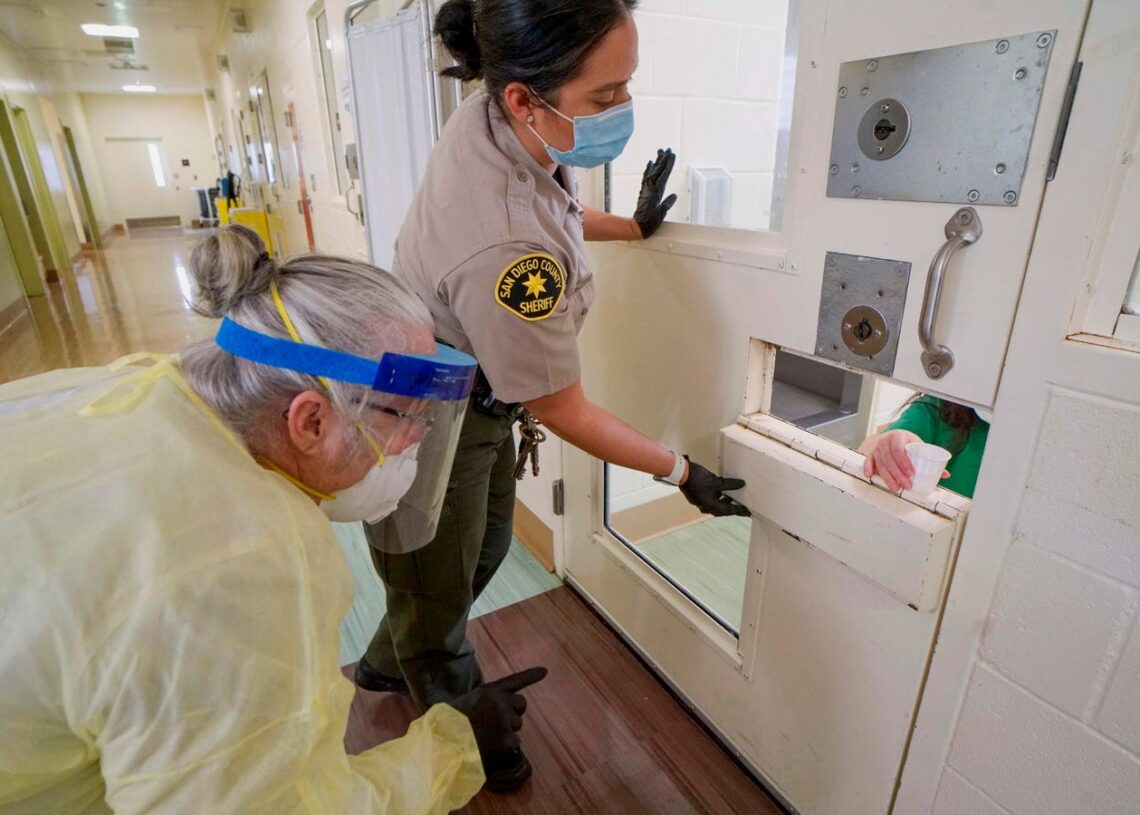With COVID-19 in our rearview mirror, the time has come to reflect on lessons learned from the contagion that filled our hospitals with sick patients and killed millions worldwide. Nowhere was the pandemic more urgent than in U.S. prisons where both workers and prisoners struggled to control the contagion within secure, prison compounds.
Some of the remedies to prevent contagion created other problems. One effective, but crude, method was the mass isolation and lockdown of prisoners for months on end during the pandemic. Locking people in cells or isolated cells became the easiest method to control the spread. Prisoners saw their in-person visitation cancelled for over a year, there were also limitations on calls and emails to loved ones and even curtailed mail delivery. Isolation, typically used as a means of punishment for prisoners who disobeyed rules, became the de facto means to stopping the spread of COVID-19 as prisoners were locked in cells for as much 24 hours each day. Showers were limited as was any recreation. For some prisoners, it was like two years of isolation.
Support authors and subscribe to content
This is premium stuff. Subscribe to read the entire article.









